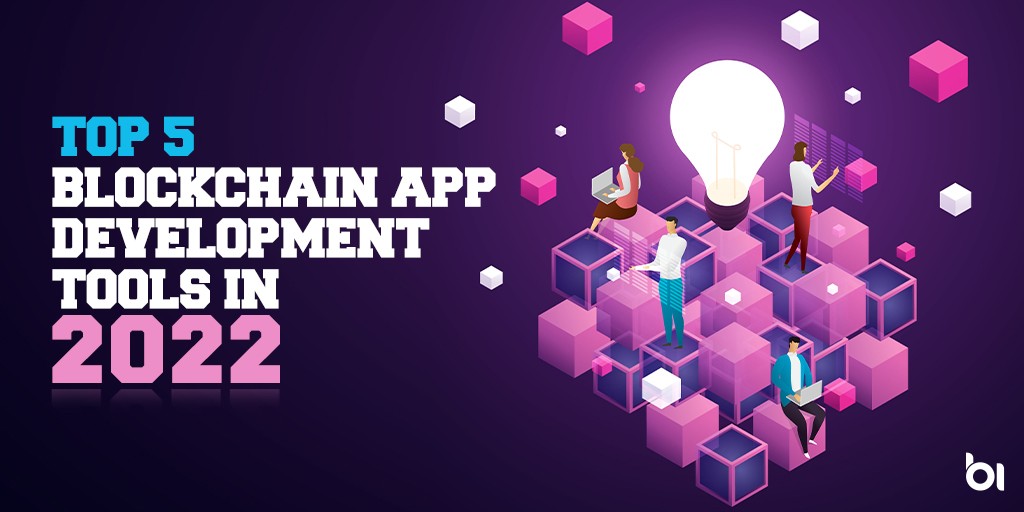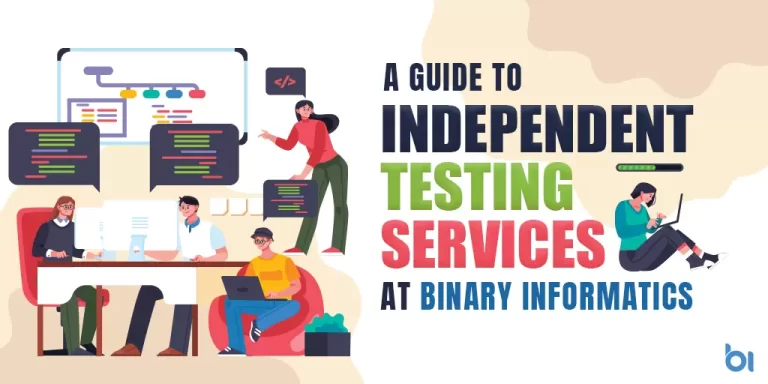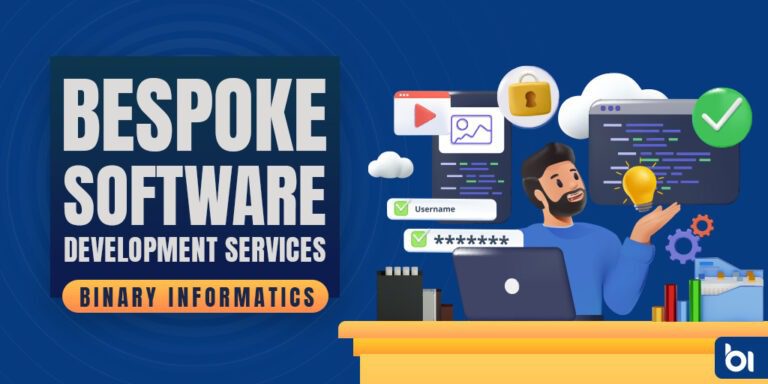The excitement had more to do with the promise of creating a more democratic system for transactions than with the actual technology.
Many blockchain applications we discussed focus on the decentralization aspect. While decentralization can’t be debated for the fact that it is a concept with a lot of advantages, it is also important to know that it can’t be used in all scenarios.
The blockchain does, indeed, add a lot to the world of decentralized applications and for companies wanting to focus on the decentralization of their application and not on its underlying technology, these are some of the tools available to them.
The following information comes from our analysis of what to look for when picking your blockchain application tool.
What Do We Mean by blockchain technology tools?
We are talking about the various software tools to help you build, deploy, or launch a blockchain application.
We have seen software developers use their favorite text editor to write the basic blockchain code and have blockchain applications with different technologies. But these applications are made possible only when developers have the appropriate tools.
For example, Hyperledger, developed by the Linux Foundation, is a blockchain technology that works with permission nodes. Developing an application using Hyperledger requires the use of Apache Cordova, which is an open-source software development framework that runs on web browser-based application platforms. It also requires the use of Hyperledger Fabric, which is an enterprise-level version of the Hyperledger technology.
Top Blockchain Tools list for 2022
#1 Hyperledger Composer
The most talked-about blockchain app development tool is Hyperledger Composer. Based on the Apache Kafka architecture, it is an enterprise-level blockchain development tool with the flexibility to allow users to build, deploy, or launch any application easily.
Read Also: Top 5 Ethereum Development Tools To Create Dapps
#2 Hyperledger Fabric
Hyperledger Fabric is a blockchain app development tool/platform designed to run multiple applications. To use this tool, you need to build and launch different applications using the Hyperledger Composer tool.
For this platform, you need to use different modules to customize your blockchain platform. These modules include:
- Cryptography and Identity Management
- Transaction Management
- Consensus
- Peer Management
- Audit Logging
- Security Management
It is more difficult than Hyperledger Composer to understand the platform and configure it, but a team of experts is available to support you. For example, you can ask the Hyperledger forum about configuration.
However, the configuration of these modules is not difficult at all. A simple hello world application can be deployed with a few lines of code.
#3 Hyperledger Besu
Hyperledger Besu is an enterprise-level blockchain app development tools/platform based on the permissioned architecture. It is also a fork of the CQL version of the Ethereum blockchain.
It provides a powerful API and SDK that allow developers to build and deploy any application they want.
You can access the besu web application console, which includes REST and WebSocket APIs. It uses JSON objects to share information between different components.
It is best suited for companies that have already developed an Ethereum blockchain. It also takes a more serious approach than Hyperledger Composer, which is more oriented to building decentralized applications.
Read Also: The Basics of NFT Marketplace Development
#4 Solidity — The official Ethereum programming language
Innovative Development’s Solidity is a high-level Ethereum-based language that can be used to create smart contracts. Using Solidity, developers can develop their own decentralized apps that run on the Ethereum blockchain. Solidity’s interface with the Ethereum network makes it easier to integrate the smart contracts into existing web apps.
Read Also: Top 10 Blockchain Technology Applications for Industry 4.0
#5 A Development Environment Called Truffle
A truffle is one of the blockchain app development tools that can be used to create smart contracts and create Ethereum apps. In order to access the blockchain, Truffle requires Ethereum’s blockchain protocol. Truffle is used by developers to create blockchain apps and smart contracts and integrate with other platforms like Solidity and MetaMask.
Conclusion
With the increased use of this technology, we will see the advent of many different blockchain-based solutions that will benefit businesses. However, what Blockchain-based solutions need is acceptance of the system by users, who will become loyal to such solutions.
There are several blockchain app development tools that are being developed by start-ups and universities around the world to help with this. This will allow organizations to help the blockchain industry in developing this and other blockchain technologies.




